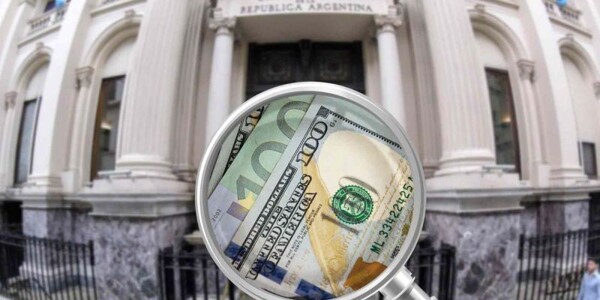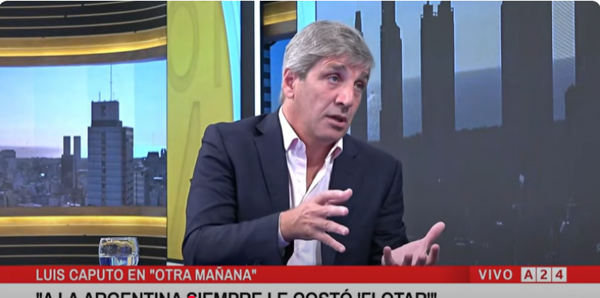
The market is expectant as the price of the financial dollar approaches $1300, questioning whether this will be the figure that motivates the Central Bank to intervene decisively. In recent days, the entity allowed the currency to rise without intervention, but it is expected that this Wednesday it may change its stance.
The increase in market tension is reflected in an 8% loss in Argentine stocks. Uncertainty is growing in anticipation of the vote on the DNU in the Chamber of Deputies and potential changes in exchange rate and monetary policies following the agreement with the IMF.
One of the key points in the market is the possibility of a new debt swap in pesos by the Treasury, which raises concern and caution among investors and analysts.
Some of the uncertainties surrounding the market are related to the control of the official dollar and the Contado con Liquidación (CCL) through tools whose future is uncertain. The dilemma between loosening the Broad Monetary Base (BMA) to reduce liquidity or maintaining the current scheme generates debate in the financial sphere.
The behavior of the fixed-rate curve, which shows indecision from the market regarding upcoming movements, as well as the role of the public sector in debt repayment that has impacted net reserves, adds elements of uncertainty to the current situation.
Analysts consulted by the firm 1816 have indicated that various actors, such as exporters who liquidated argendollars or importers seeking to access the single market, have been participating in carry trade operations. The possibility of changes in the current exchange control regime adds uncertainty to investors' decisions.
The future of the official exchange rate and the CCL remains an unknown, especially in light of statements that cast doubt on the continuity of the current system. The control of the CCL through the fixed BMA has stabilized the currency, but at the same time has raised real interest rates, creating a scenario of fluidity and a decrease in peso stocks in the market.













